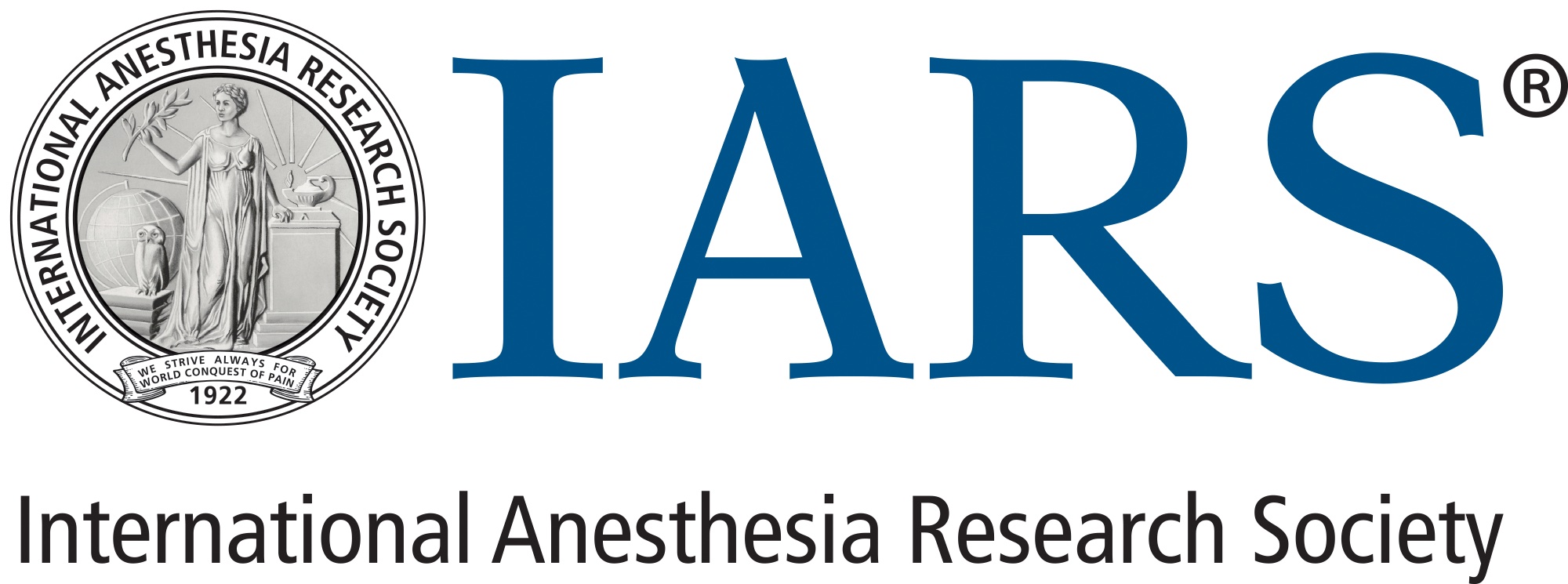Anesthesiologists, Anesthetists, Consults, and Attendings: An International Perspective on Pathways to Becoming an Anesthesia-Providing Scientist
Jordan Francke, MD, MPH
The pathway to becoming a fully trained anesthesia provider, especially one who conducts medical research, can be complicated and drastically varies depending upon geographic location. In a panel, “Anesthesia & Analgesia: Academic Anesthesia Training Pathways: Multispecialty and International Perspective” held on Friday, March 21 at the 2025 Annual Meeting, presented by IARS and SOCCA, Jaideep J. Pandit, MA, BMBCh, DPhil, FRCA, FFPMRCA, DM, MBA, Professor of Anesthesia at University of Oxford and current Editor-in-Chief of Anesthesia & Analgesia, moderated an exploration of these various pathways across the United Kingdom, New Zealand, Canada, and the US.
Dr. Pandit began the session with a presentation entitled, “The Crisis in Academic Anesthesia: The UK Perspective & Strategy.” He shared how the first UK chair of an academic anesthesiology department was Sir Robert Macintosh (of the Macintosh laryngoscope) at Oxford University. Since Dr. Macintosh, countless other chairs and academic departments have followed across the country. Nevertheless, in 2005 a research assessment exercise (RAE) was conducted across the UK and found that anesthesia departments received a very small fraction of research funds within the country.
At the time, there were 24 academic anesthesia departments and approximately 130 academic anesthesiologists. There was little focus on obtaining PhDs for physician-scientist anesthesia providers, which may have spurred a decline in UK academic productivity. In fact, from the years 1999 to 2006, the UK rate of research publications in anesthesia journals plummeted so drastically that one scientist projected the rate of UK anesthesia-related publications would be 0 by 2018. Twenty years after that 2005 RAE, a second review was conducted which found that the number of academic anesthesia departments in the country has fallen to 11 (>50%). The number of fully trained academic anesthetists has increased to over 230, but many included in this figure may actually be NHS consultants who copublish with academic anesthetists and thus may be inflated. Dr. Pandit ended his presentation by characterizing UK academic anesthesia as being in crisis, and called for a strategy report to investigate why academic anesthesia needs investment and how to achieve it within existing constraints.
The second speaker was Jennifer Weller, MD, FANZCA, Professor in the School of Medicine at Aukland University and Head of the Centre for Medical and Health Sciences. Dr. Weller’s talk on “Developing Diverse & Inclusive Academic Anesthesia Pathways: A New Zealand Perspective” explored the health landscape of New Zealand and its own difficulties addressing gender disparities. Dr. Weller highlighted the uniqueness of New Zealand in its approach to interacting with the indigenous Māori people. The foundational treaty upon which the country is predicated was signed between the British Crown and Māori chiefs, and thus since its inception has recognized the role the Māori people play in a healthy and diverse health ecosystem.
The Medical Council of New Zealand requires physicians to meet cultural safety standards and to address how their own views and biases may impact the care they provide to patients. All medical practitioners are expected to have a knowledge base of the historical and contemporary context of Māori health, have a skills base that involves working effectively within cross-cultural contexts, and a critical consciousness that includes self-reflection and addressing power relationships. Dr. Weller also emphasized that critical gender disparities exist within New Zealand for academic promotion – to her knowledge, she is the only full professor academic anesthetist within the country.
Beverly Orser, OOnt, MD, PhD, FRSC, FRCPC, FCAHS, Professor and Chair of Anesthesiology at the University of Toronto and Immediate Past President of IARS, shifted the audience’s attention to Canada. As one of only two female chairs ever in Canada, Dr. Orser reflected on how infrequently she encountered images of females in science growing up. She argued that the four essential ingredients for emerging physician scientists in Canada include: (1) the environment of discovery, (2) high-quality training, (3) sustainable funding for nonclinical time, and (4) upholding principles of equity, diversity, and inclusion.
The final speaker of the panel was Charles Emala, Sr., MS, MD, a Professor of Anesthesiology and Vice Chair for Research at Columbia University in New York. Dr. Emala reflected that since the 1970s, the US has recognized the falling rates of clinical investigators. The Medical Scientist Training Program, the nation’s MD-PhD dual degree program, was founded to address this crisis. Dr. Emala remarked that only 3% of the nation’s MD-PhD medical students enter the field of anesthesiology, and only approximately 0.2% of all US residency entrants are both underrepresented in medicine and have PhDs. He ended by highlighting key funding opportunities for budding anesthesia scientists, including FAER Mentored Research Training Grants and the IARS Mentored Research Award.
International Anesthesia Research Society
